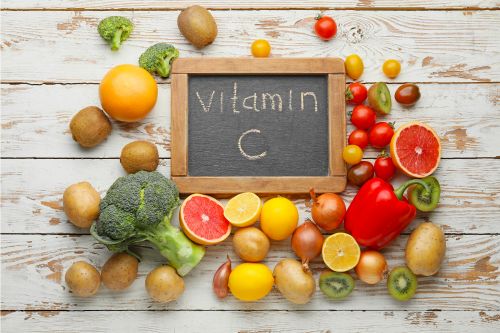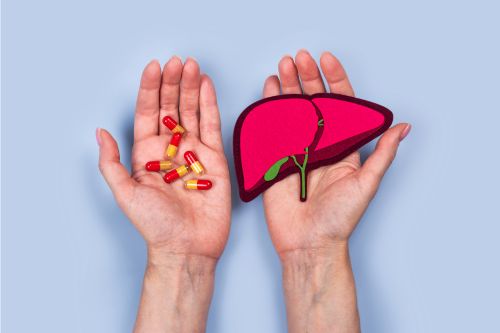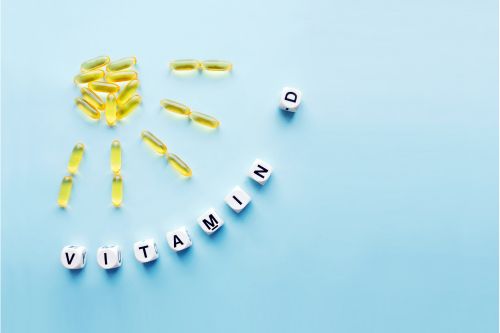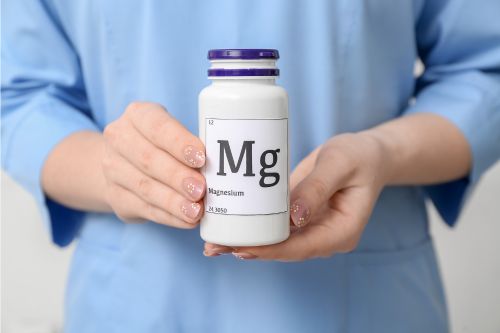3 Min Read
How to Understand Iron Deficiency

Fatigue is one of the main signs of low iron in the body, along with poor concentration and mood imbalances. Iron is needed to make hemoglobin, which is part of the red blood cell that binds to and transports oxygen at a cellular level. Iron also plays a key role in producing ATP, which is the body’s main form of energy. So, too little iron leads to too little oxygen, which leads to fatigue!Ferritin is the storage form of iron and it is typically the marker that is assessed on blood work. The ‘normal’ range of ferritin starts at 12, but most women actually feel their best when ferritin levels are in the mid 50’s.
What are the 3 Main Causes of Low Iron?
- Loss of blood – (heavy menses, haemorrhoids, ulcers)
- Low iron intake through foods
- Poor absorption – It almost always starts in the gut. The gut is where you absorb nutrients. It is made up of bacteria, which helps you break down undigested food. If gut bacteria get killed off (through the use of antibiotics, processed meats etc.) nutrients like iron have a hard time being absorbed into our system. Now, not only is iron having a hard time being absorbed, but opportunistic infections like candida can grow and take over.
When Should You Get Your Iron Levels Checked?
- Periods of low mood
- Low functioning thyroid
- Weight gain
- Hair loss
- Shortness of breath
- Looking to get pregnant
What Can I Do For Iron Deficiency?
It is best to get some blood work done assessing ferritin levels before just supplementing. It is important to figure out the root cause of low iron. Once your blood work confirms low ferritin levels, the first step is to get more iron through diet. Animal sources are best as it is easier to absorb compared to non-animal sources. With vegetarian sources, your body just needs to work a little harder to absorb the iron in this form. It is best to optimize your absorption through supplementing with Vitamin C and B Vitamins so your body can actually absorb the iron.
Here are some animal sources of iron:
- Organ meats
- Oysters
- Nuts
- Leafy greens
- Whole grains
- Eggs
Here are some vegetarian sources of iron:
- Spirulina
- Cooked soybeans
- Pumpkin seeds
- Quinoa
- Cooked spinach
- Lentils
- White beans
- Beets
- Nuts and seed
What To Look For When Supplementing With Iron:
When it comes to supplementing with Iron, many iron supplements are poorly absorbed. Supplemental iron comes in 2 main forms: heme iron and non-heme iron. The most bioavailable form is heme iron, which is derived from animal sources, while the non-heme iron is derived from plant sources. Heme iron is less likely to cause side effects and is easier to absorb. Note that seeing more iron in a pill does not always equate to increased absorption. Ferrous fumarate is the form that is most commonly prescribed by medical doctors as is high in elemental iron but low in bioavailability. Ferrous bisglycinate is found in most natural iron forms is bound to amino acids so it can easily pass through the intestinal wall. This has increased absorption and less gastric side effects.
What Can I Do To Increase Iron Absorption?
- Take it away from meals (30 mins-2 hours post) can enhance the absorption of iron
- Taking it with 1000 mg of Vitamin C
- Taking it apart from calcium supplements
Iron is essential for the body and plays a pivotal role in so many critical functions. Iron deficiency is an extremely common nutritional deficiency, especially for women. So if you have any of the symptoms mentioned above, be sure to talk to a healthcare provider prior to commencing an iron supplement, as it is necessary to assess serum iron levels first.



